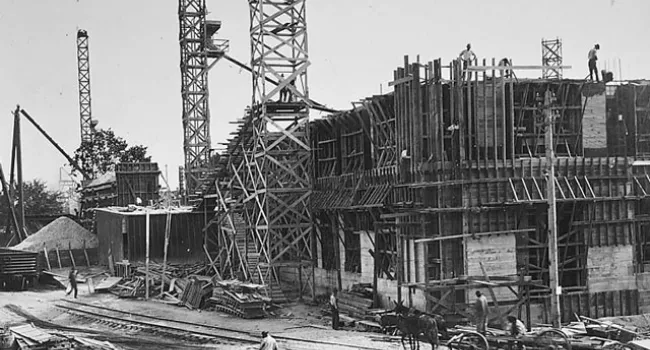
Photo
The Fairfield Cotton Mill, built in 1898, expanded its operation with the construction of this new building in 1918. The original owners sold the plant to Hampton Cotton Mills of Greenville in 1912...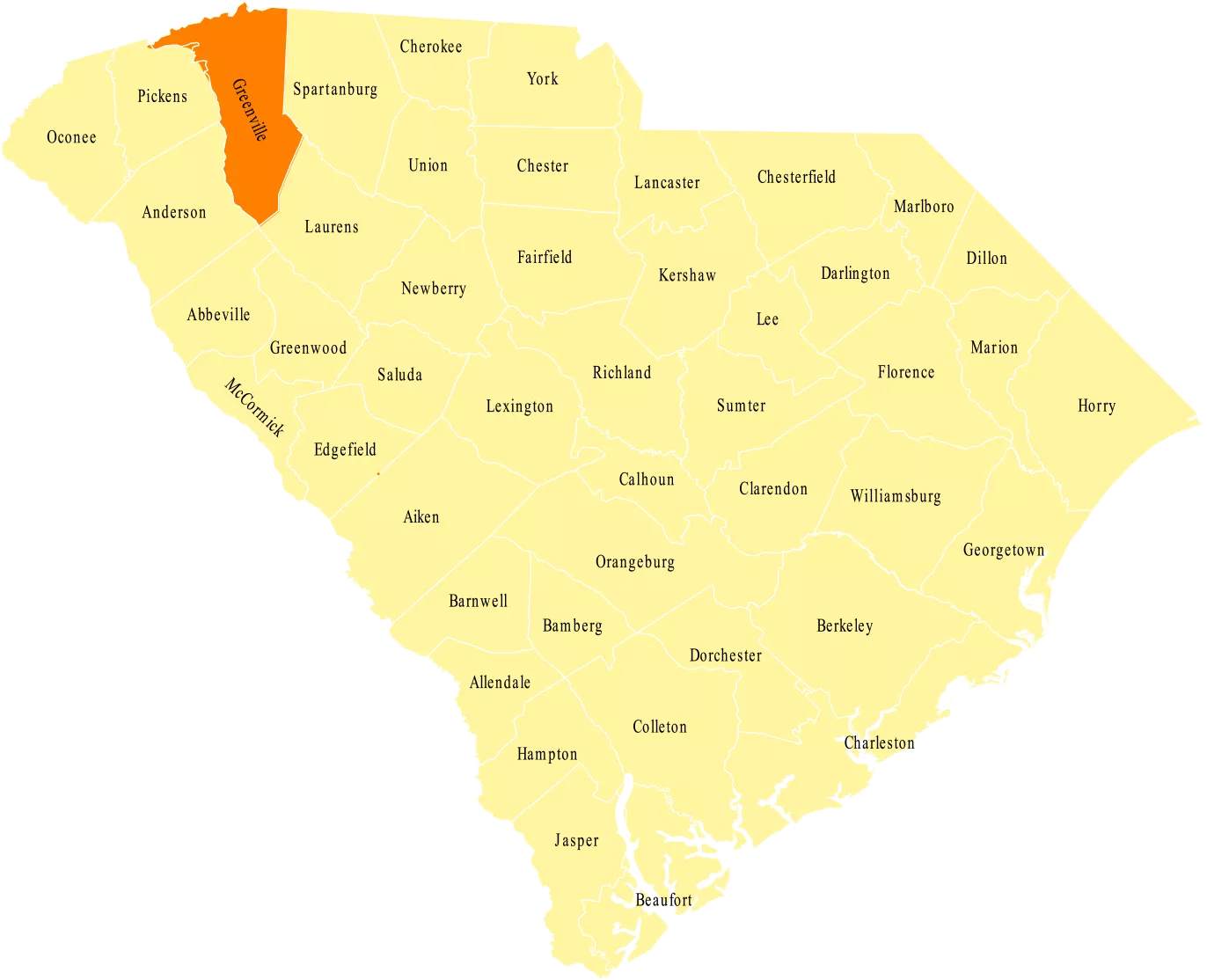
Greenville County, South Carolina’s most populous county, lies in the Upstate. Two popular opinions exist on the origin of the name of Greenville County and its county seat: Revolutionary War general Nathanael Greene or area local Isaac Green.
Cherokee Indians lived in the area first, but they eventually gave up control of the land to South Carolina in a 1777 treaty. After the signing of this treaty, a fair number of Scotch-Irish and English settlers came to the region. Soon after, in 1786, Greenville District was founded. However, this district existed within the Washington District from 1791 to 1800.
Although historically a vacation area for coastal South Carolina planters, the county’s rivers powered the majority of the county’s early economy. The river gave rise to iron works, cotton mills, and Greenville’s textile industry. From the Reconstruction Era until the late 20th century, the textile industry defined Greenville County’s economy, at one point so much so that the county earned the title of “Textile Capital of the World.”
Modern Greenville County’s economy has transitioned away from textiles. Over the last few decades the county has been the answer for many corporations wondering where to relocate. Greenville County’s economy now centers around technology, manufacturing, engineering, and business.
History of Greenville County. Accessed June 03, 2016.
http://www.greenvillecounty.org/
South Carolina Counties by Population. Accessed June 08, 2016.
ttp://www.southcarolina-demographics.com/counties_by_population

Photo
The Fairfield Cotton Mill, built in 1898, expanded its operation with the construction of this new building in 1918. The original owners sold the plant to Hampton Cotton Mills of Greenville in 1912...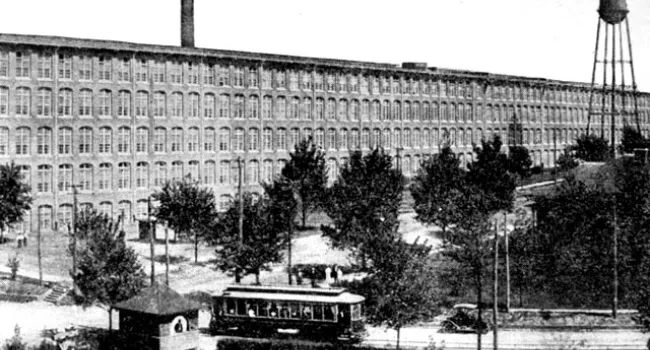
Photo
The Woodside Cotton Mill in Greenville boasted in this 1913 postcard view that it was the largest complete cotton mill under one roof in America. The trolley brought mill operatives directly to the...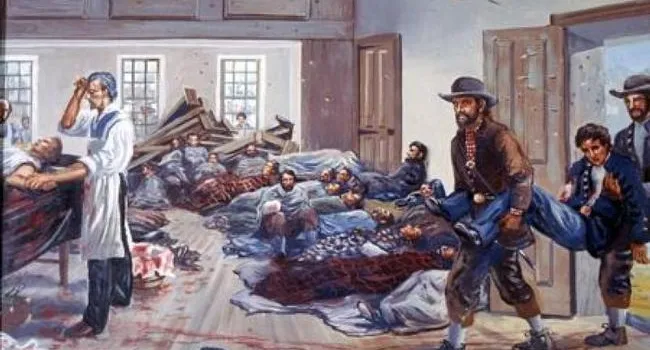
Audio
When homes were requisitioned for use as field hospitals during the Civil War, parlors and pianos were converted to serve purposes outside their intended uses.
Audio
"R" is for Riley, Richard Wilson [Born 1933] Governor. U.S. Secretary of Education.
Audio
"M" is for the McBee Chapel in Conastee. [Constructed 1841]
Audio
“D” is for Drovers. From around 1800 until the 1880s, livestock from Kentucky, Tennessee, Georgia, and North Carolina were driven through Greenville County to the seaport at Charleston—destined for...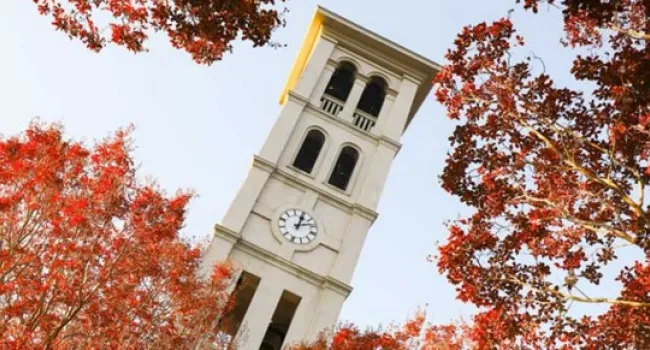
Audio
“F” is for Furman University. In 1825, the South Carolina Baptist Convention elected a board to organize an institution to train young men for the ministry. The school opened in Edgefield in 1827 and...
Photo
The Lanneau House in Norwood. The central tower, elaborate cornice with brackets, and Italianate windows help identify this as an Empire style home, popular from 1855-1885. Courtesy of George...
Photo
The Poinsett House, built early in the 19th century, is an example of early national folk housing. Courtesy of the Greenville County Historical Society.
Photo
Segregation policies led to attempts by the African-American community to ensure that institutions such as libraries were created for their use, and the African-American library movement was...